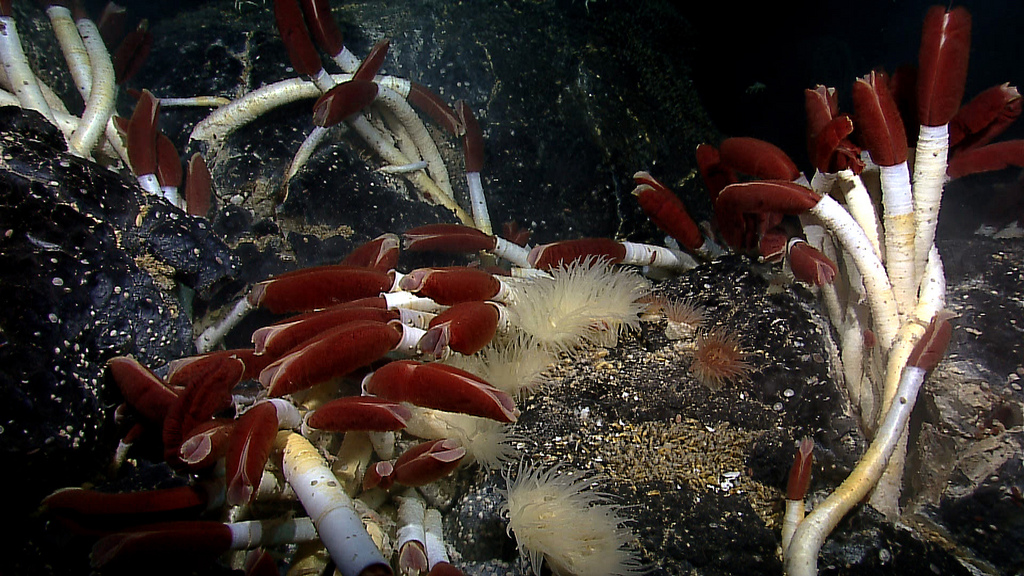
Few moments have so profoundly altered our understanding of what it means to be a living thing on Planet Earth as the discovery of deep-sea hydrothermal vents and the organisms that thrive around them. The first vents visited were dominated by Riftia pachyptila, the giant tube worm, whose magnificent ruby plumage parted to reveal an entire community adapted to harness the chemical energy that poured from the vents. It is almost poetic that the first vents were found on the Galapagos Rift; the same tectonic feature contributed to another great, formative moment in biology — the Voyage of the Beagle. Hydrothermal vents provided the first evidence that the sun was not the only source of energy that living organisms could harness. They opened our eyes to the potential of chemosynthesis and hinted at an ocean of unfathomable wonders waiting to be discovered.
Read More “One-fifth of all known hydrothermal vents are threatened by deep-sea mining” »

 InterRidge
InterRidge